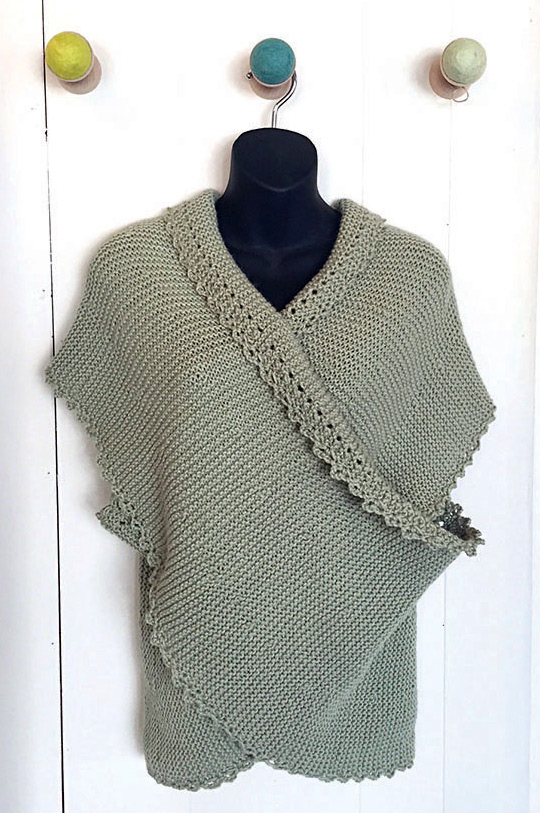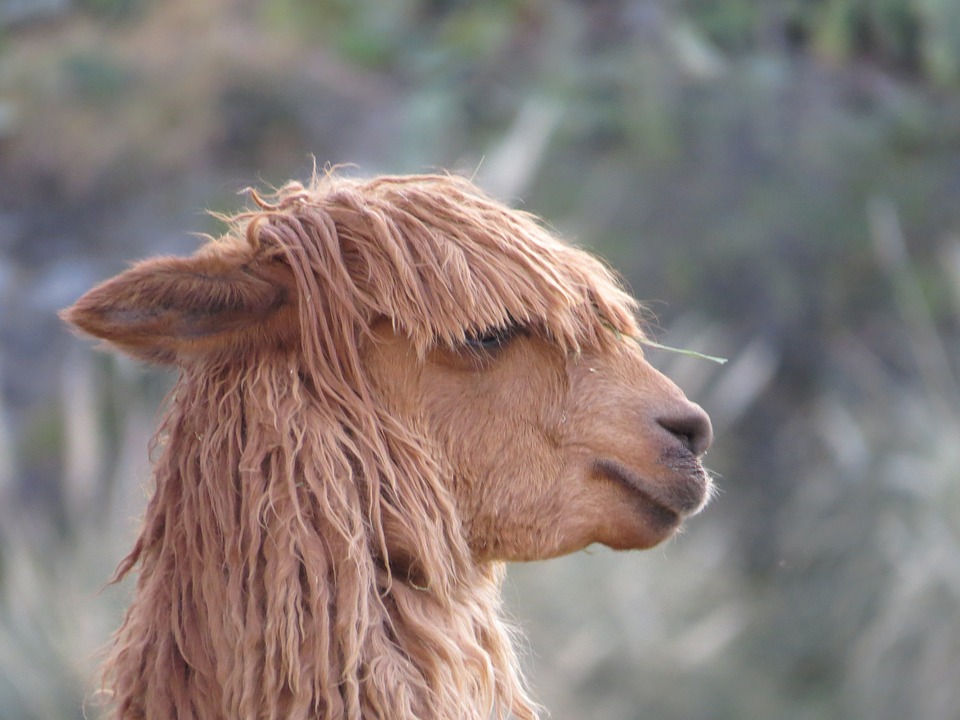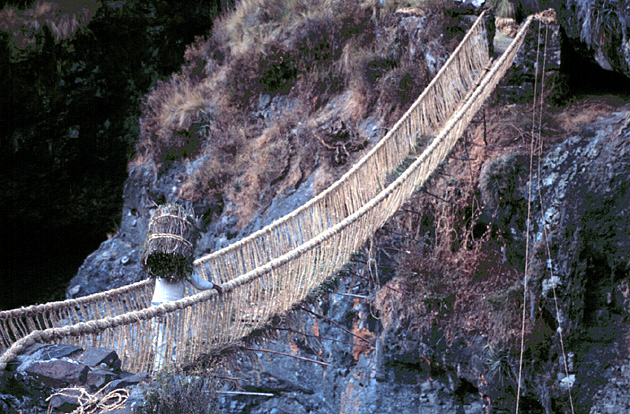The Rauma River is considered one of Norway’s most beautiful waterways. Located in western Norway, the river has spectacular views, salmon fishing, waterfalls, and rapids. The fast-moving water supplies hydroelectric power to small communities and factories along its path, including the yarn mill beloved by knitters, Rauma Ullvarefabrikk.

Forget the images of dark, dusty, dangerous mills staffed by malnourished waifs that linger in our memories from labor history classes. The Rauma mill is sleek, modern, sunlit and an ode to Nordic design. It is a factory that isn’t just safe, it’s pleasant. The company was started in 1927 with just 3 employees. Bombed out in World War II, Rauma immediately rebuilt. In the 1970s, the company retooled, keeping the integrity of the yarns produced while streamlining the manufacturing process.
While production methods are very modern, the yarns and the designs from Rauma stay true to Norwegian heritage. Rauma buys local sheep fleeces, and supplements some of their products with alpaca, silk, or other fine fibers.

“Rauma yarns are the best for color work. Period,” says Dennis Rinkenberger of The Yarn Guys. Dennis and Jeffrey Wall, the other guy in The Yarn Guys, are based in Freeport, Illinois. The sole North American distributors of Rauma yarns, Dennis and Jeffrey are of Norwegian descent and have a strong commitment to keeping knitting traditions alive. Impressed by Rauma’s quality and that the yarn is still actually manufactured in Norway, they became distributors when the opportunity arose. They support the company’s values and they like the fact that if you took the time to knit a Norwegian sweater, and knit it with Rauma yarn, it would look good for decades.

The Rauma yarn that Ingebretsen’s needlework employee Pat Hanson likes to use is Mitu. She has made numerous cross tops in Mitu, including the one pictured above. She says, “Mitu feels good in your hand, even when knitting in the summer.” One reason the yarn is so pleasant to handle goes back to the use of Norwegian sheep. Tone Skårdal Tobiasson, the project manager of the Norwegian Initiative Clean & Ethical Fashion, stresses the fact that Norwegian sheep are treated humanely. They have a varied diet, which is reflected in their healthy coats. She also points out that the fleeces are not “dipped”, or put through a harsh chemical wash that is a standard practice with many other wool producers. Rauma products are endorsed by the Initiative because of their processes which protect both the sheep and the people who handle the wool.

The addition of alpaca fibers in Rauma Mitu enhances its silky texture. While clearly not a native Norwegian herd animal, its fleece has fibers that complement sheep’s wool well. Alpaca is water-resistant and incredibly strong. The ancient Incas combined alpaca wool with grasses and saplings to construct their amazing suspension bridges over Andean gorges.

We can’t recommend Rauma Mitu as a building supply. It is, however, the perfect choice for a summer knitting project that requires good stitch definition and for a garment that you want to have look good for a long time.
2 thoughts on “Rauma Yarns – What happens when you have happy sheep and a green factory”
Comments are closed.